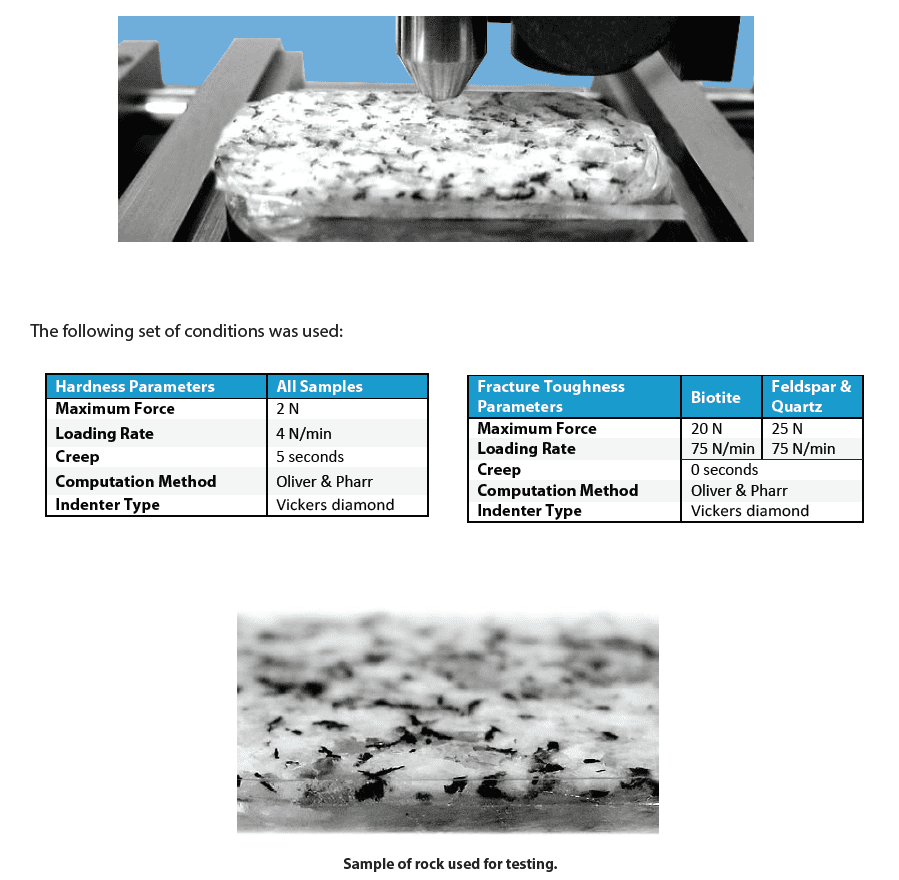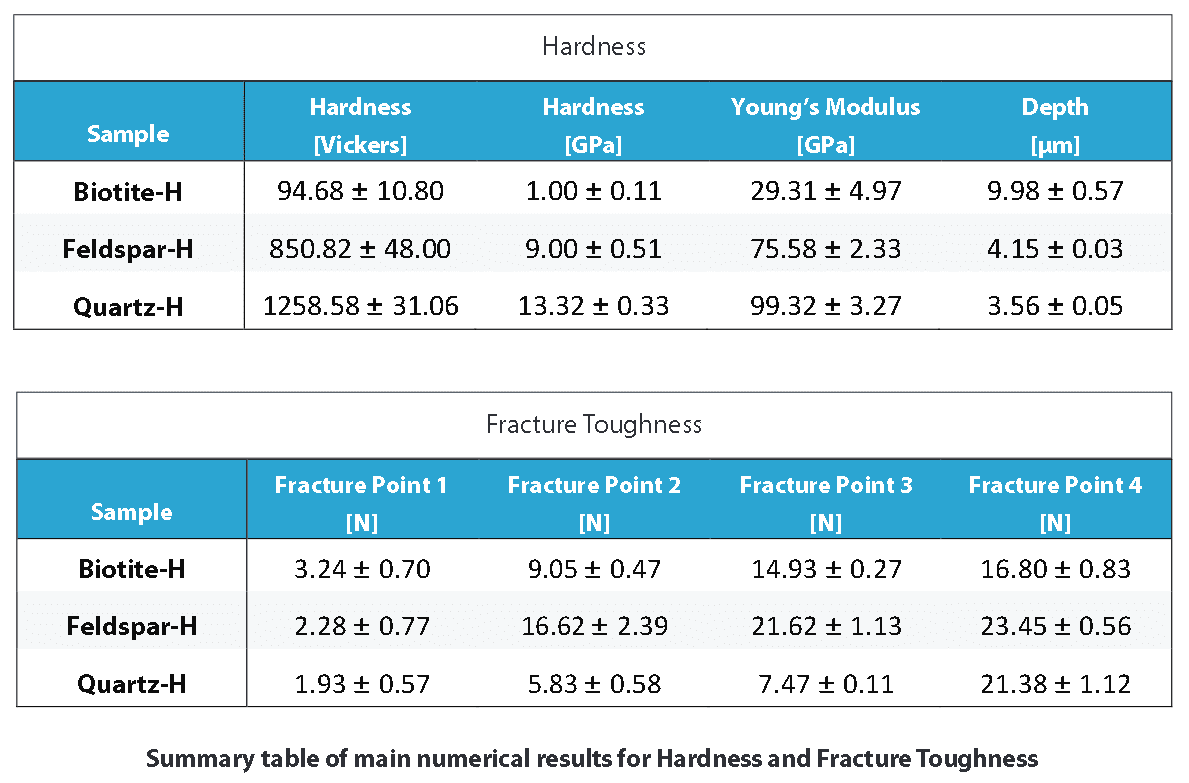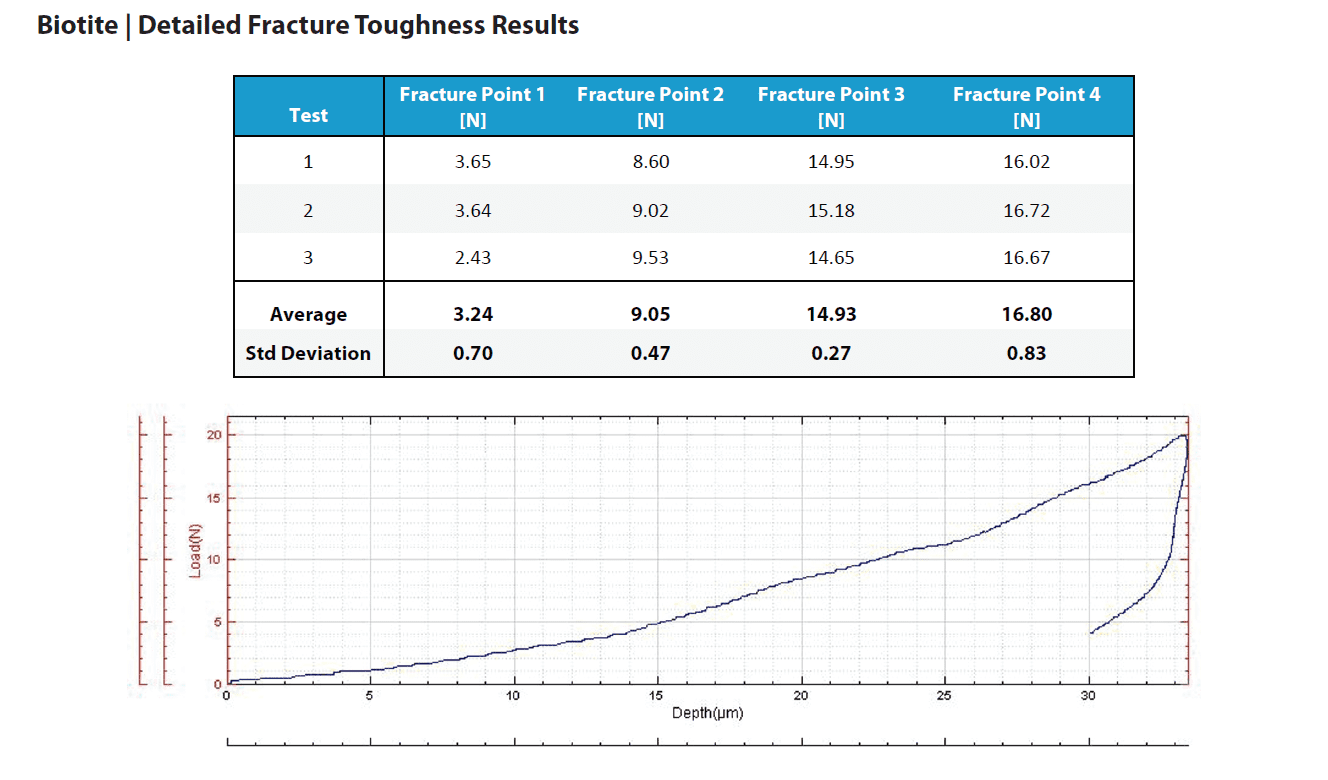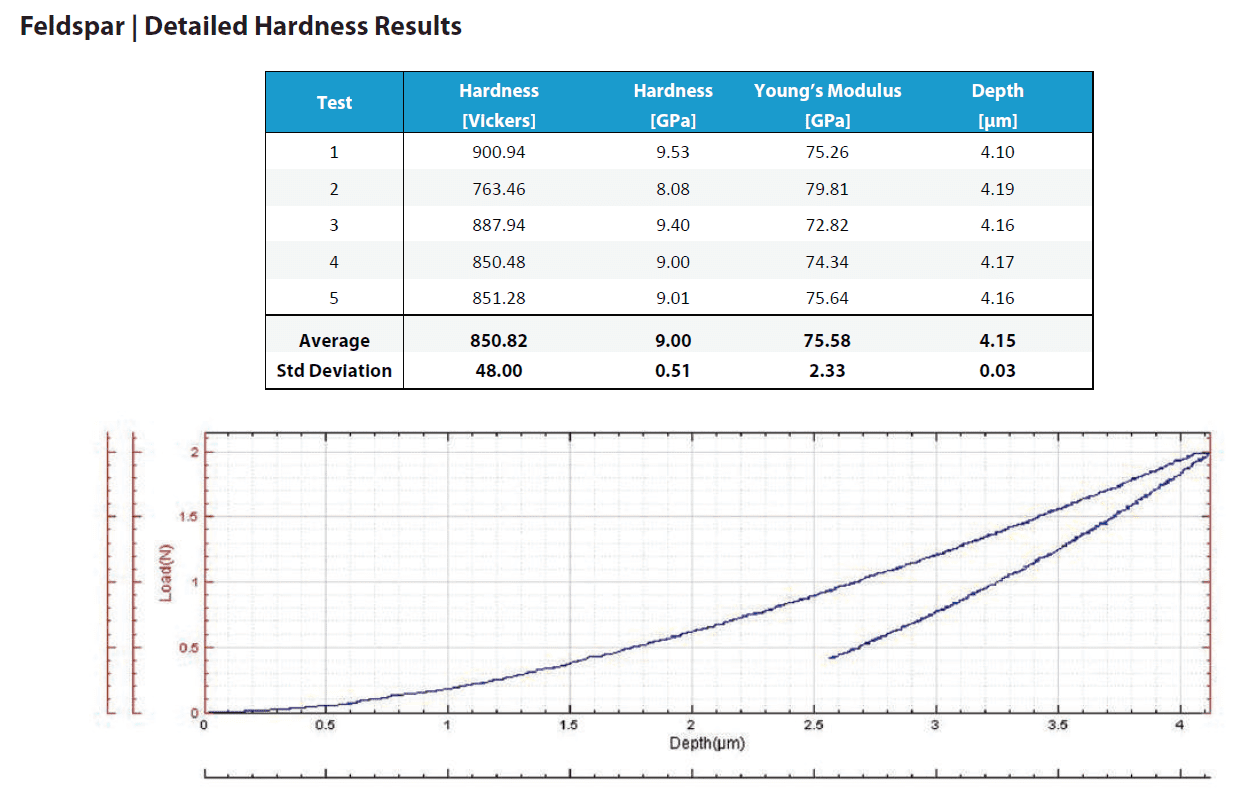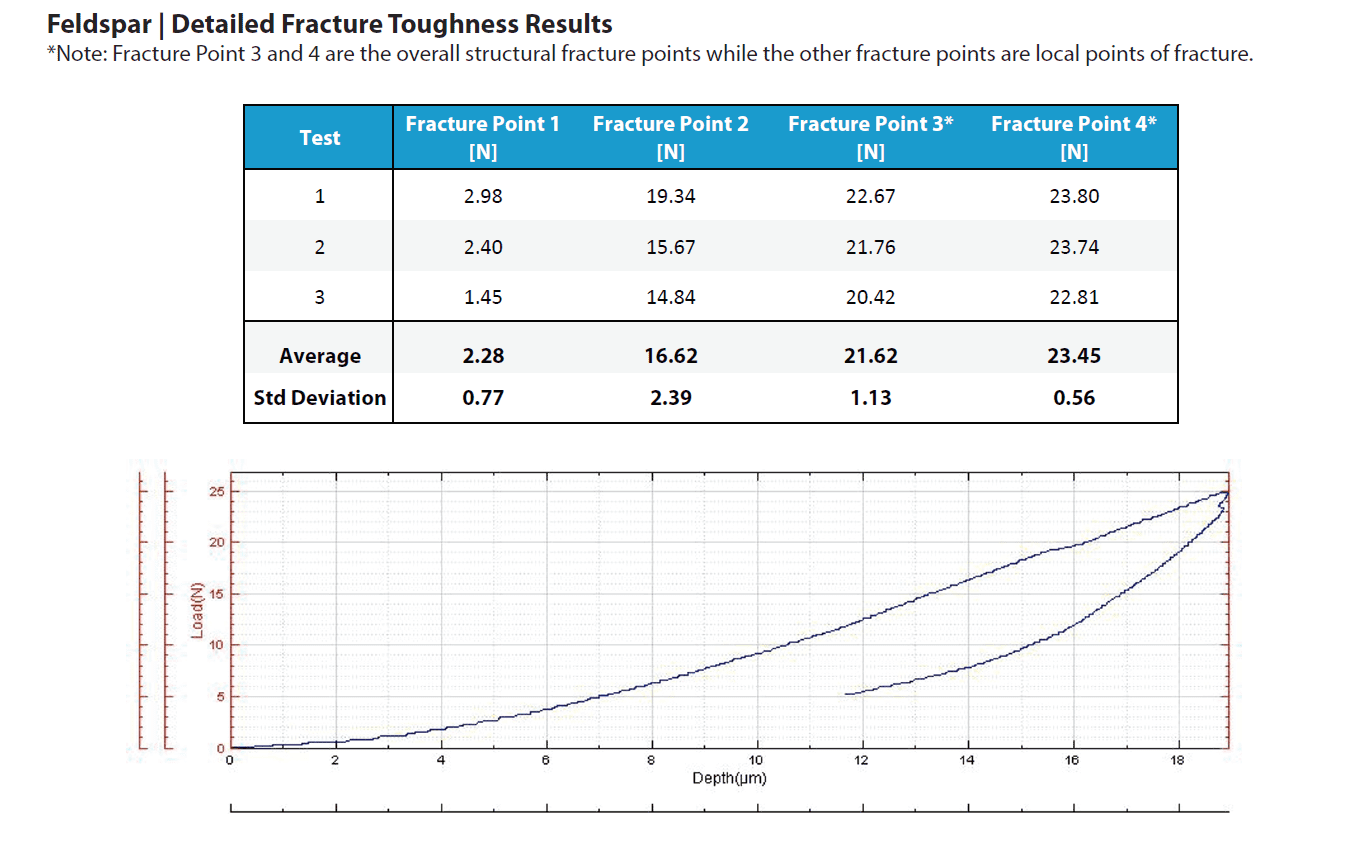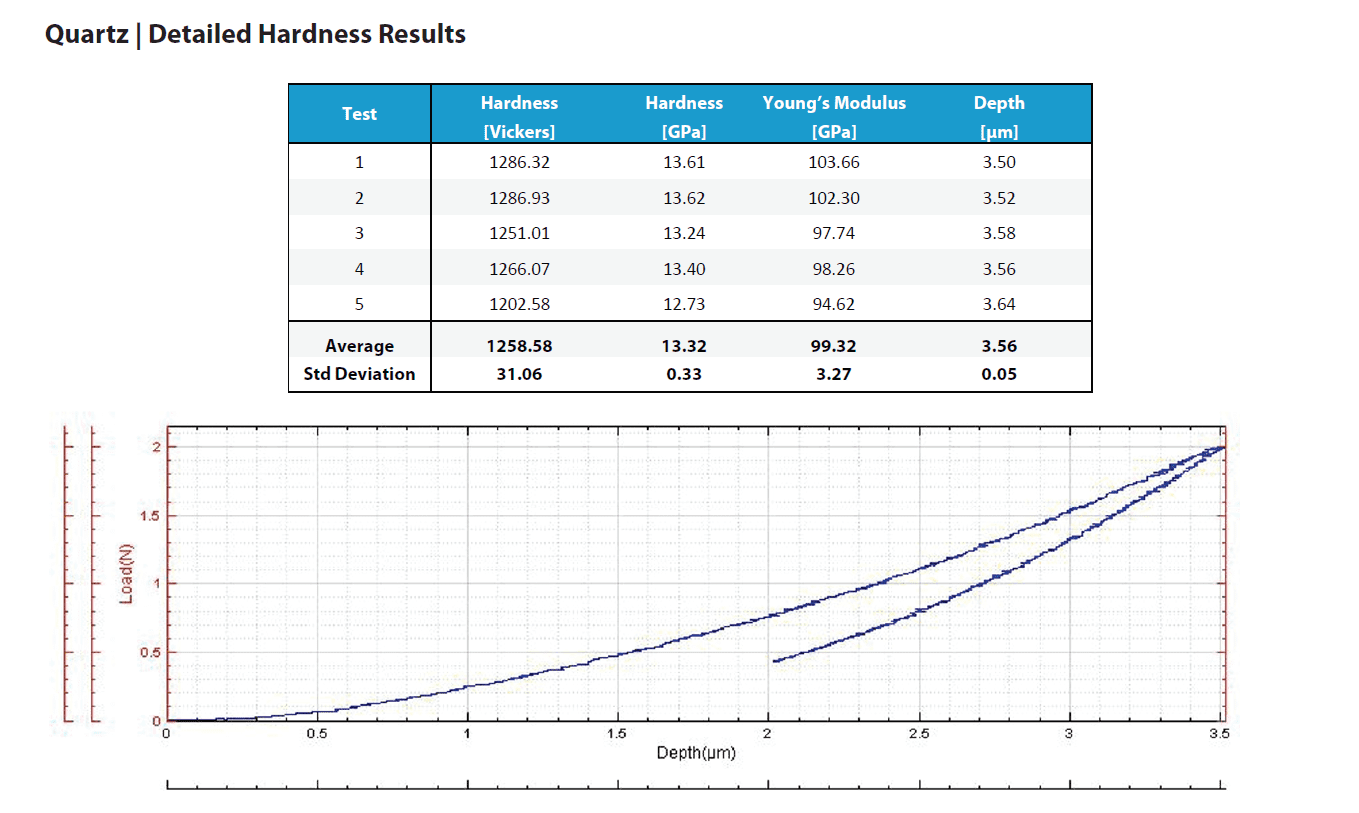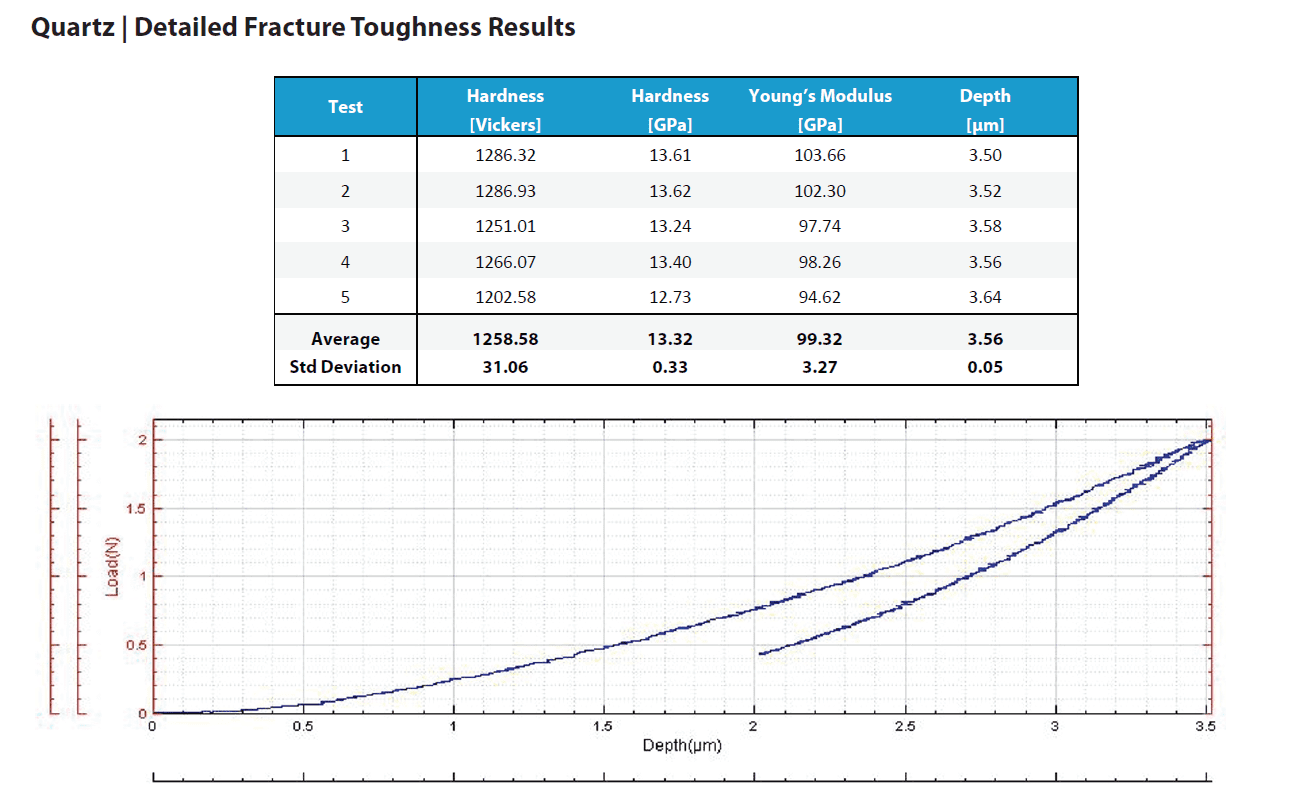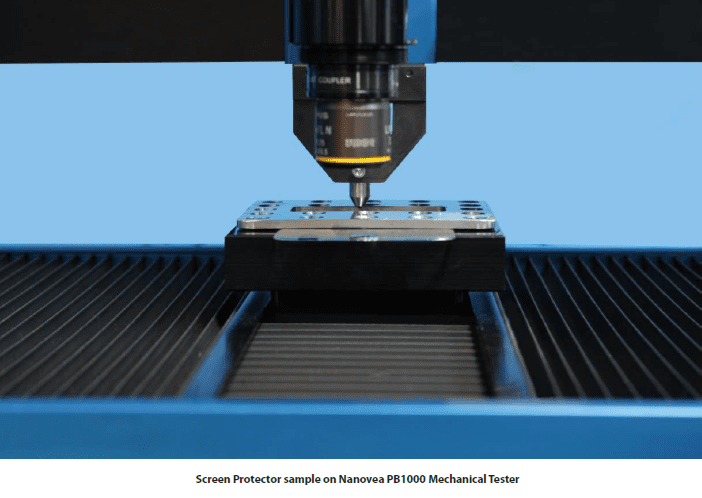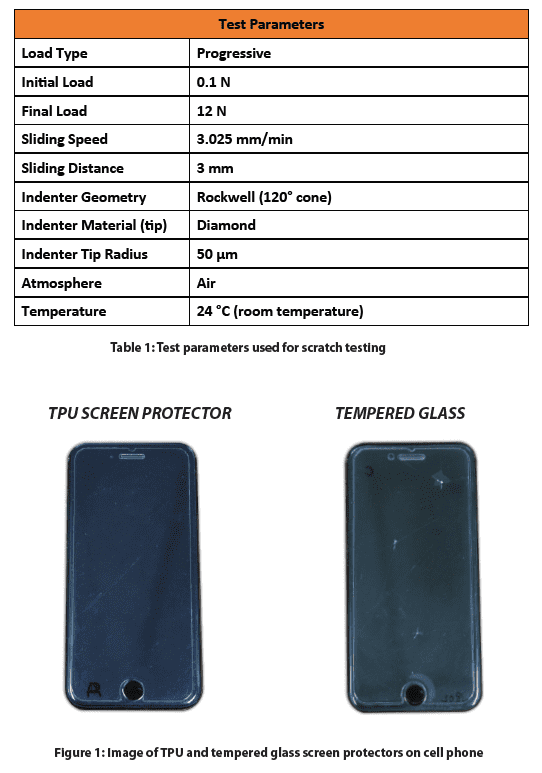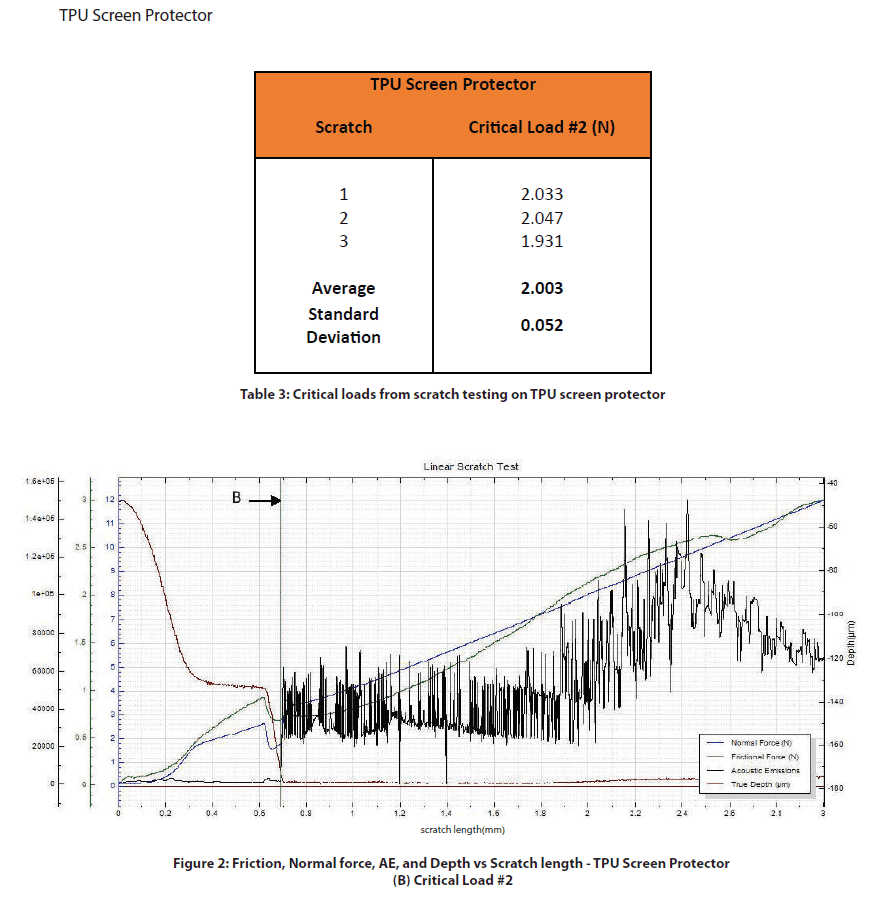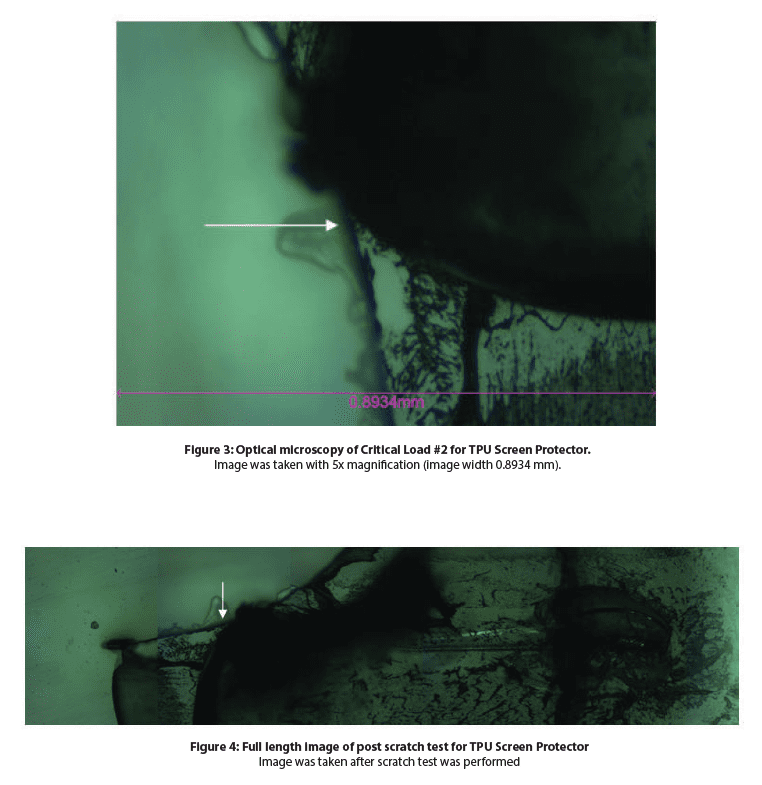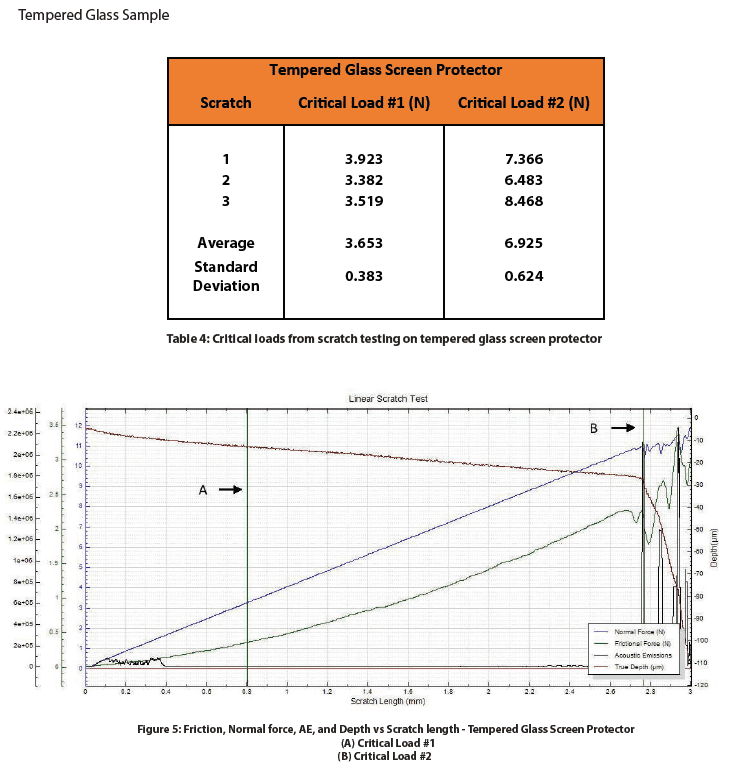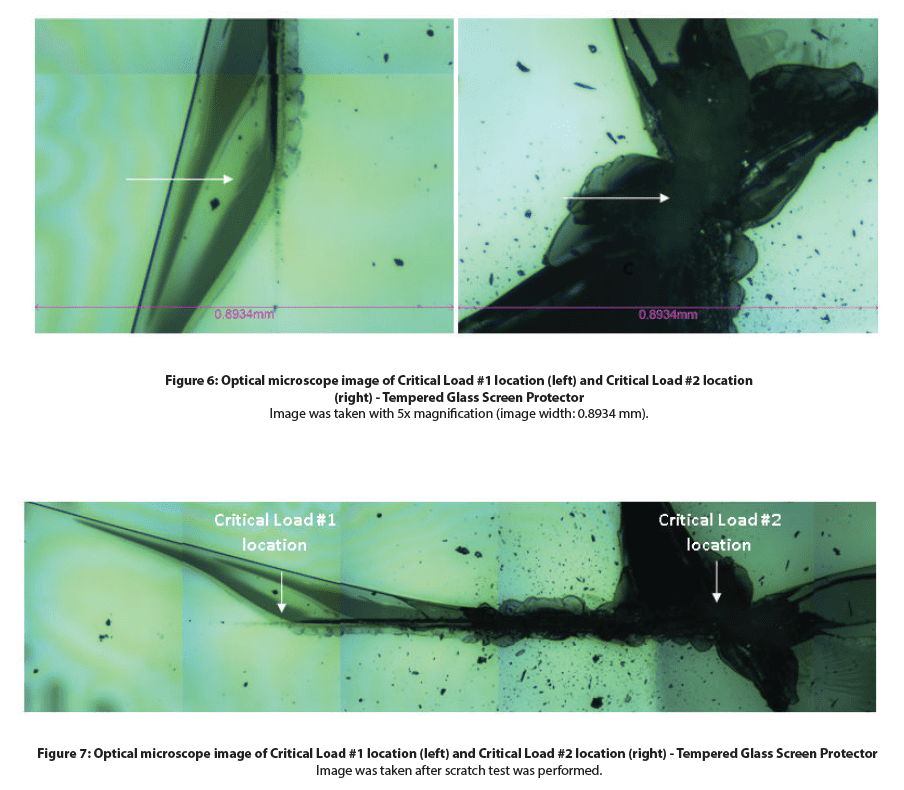Category: Indentation | Fracture Toughness
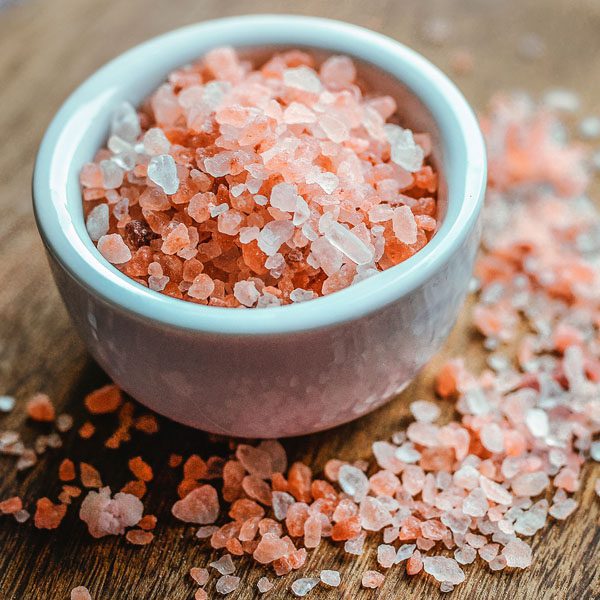
Microparticles: Compression Strength and Micro Indentation
MICROPARTICLES
COMPRESSION STRENGTH & MICRO INDENTATION
BY TESTING SALTS
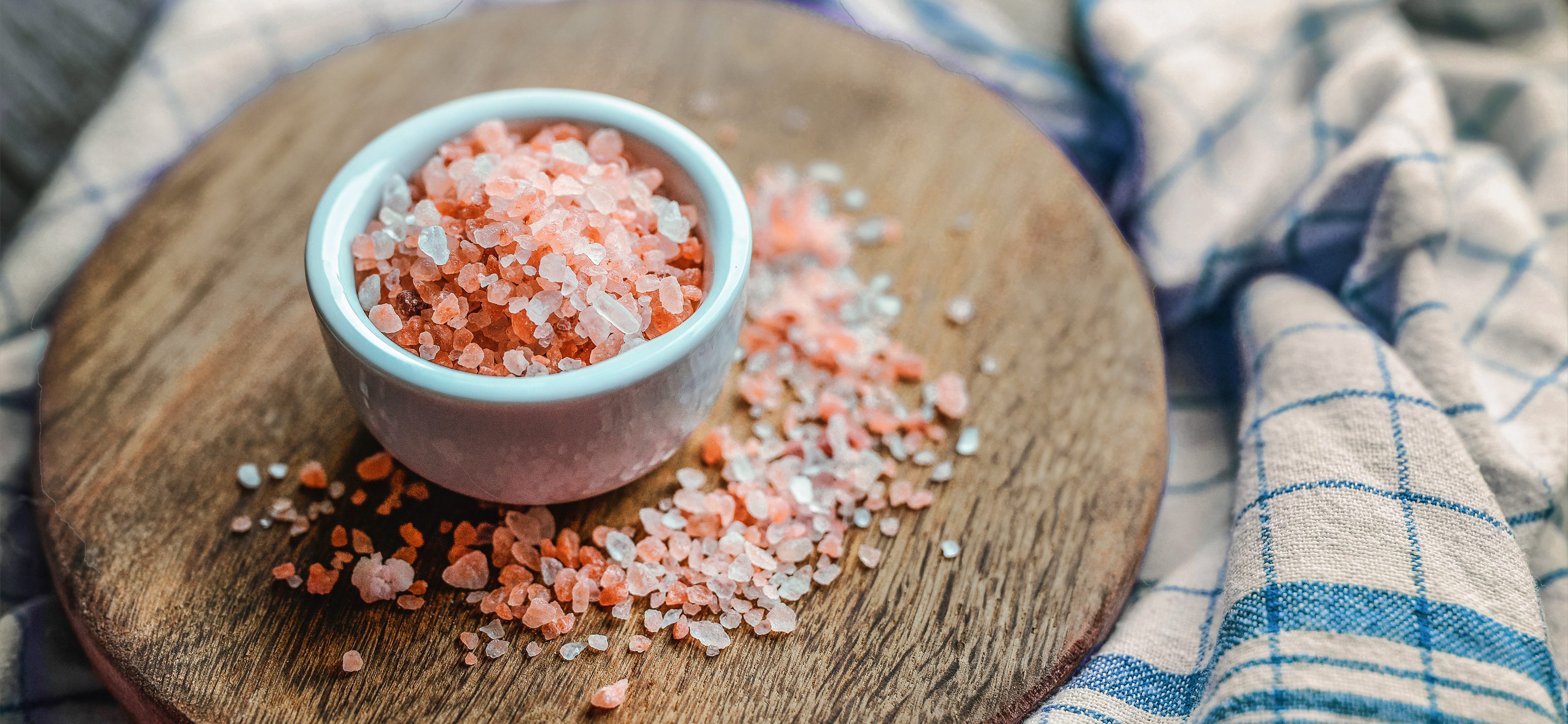
Author:
Jorge Ramirez
Revised by:
Jocelyn Esparza
INTRODUCCIÓN
Compression strength has become vital to quality control measurement in developing and improving new and existing microparticles and micro features (pillars and spheres) seen today. Microparticles have various shapes, sizes and can be developed from ceramics, glass, polymers, and metals. Uses include drug delivery, food flavor enhancement, concrete formulations among many others. Controlling the mechanical properties of microparticles or microfeatures are critical for their success and requires the ability to quantitatively characterize their mechanical integrity
IMPORTANCE OF DEPTH VERSUS LOAD COMPRESSION STRENGTH
Standard compressive measurement instruments are not capable of low loads and fail to provide adequate depth data for microparticles. By using Nano or Microindentation, the compression strength of nano or microparticles (soft or hard) can be accurately and precisely measured.
TEST CONDITIONS
maximum force
30 N
loading rate
60 N/min
unloading rate
60 N/min
indenter type
Flat Punch
Steel | 1mm Diameter

Load vs depth curves
Results & Discussion
Height, failure force and strength for Particle 1 and Particle 2
Particle failure was determined to be the point where the initial slope of the force vs. depth curve began to noticeably decrease.This behavior shows the material has reached a yield point and is no longer able to resist the compressive forces being applied. Once the yield point is surpassed, the indentation depth begins to exponentially increase for the duration of the loading period. These behaviors can be seen in Load vs Depth Curves for both samples.
CONCLUSIÓN
In conclusion, we have shown how the NANOVEA Mechanical Tester in micro indentation mode is a great tool for compression strength testing of microparticles. Although the particles tested are made of the same material, it is suspected that the different failure points measured in this study were likely due to pre-existent micro cracks in the particles and varying particle sizes. It should be noted that for brittle materials, acoustic emission sensors are available to measure the beginning of crack propagation during a test.
The NANOVEA Mechanical Tester offers depth displacement resolutions down to the sub nanometer level,
making it a great tool for the study of very fragile micro particles or features as well. For soft and fragile
materials, loads down to 0.1mN are possible with our nano indentation module
NOW, LET'S TALK ABOUT YOUR APPLICATION

Improve Mining Procedures With Microindendation
MICROINDENTATION RESEARCH AND QUALITY CONTROL
Rock mechanics is the study of the mechanical behavior of rock masses and is applied in mining, drilling, reservoir production, and civil construction industries. Advanced instrumentation with precise measurement of mechanical properties allows for part and procedure improvement within these industries. Successful quality control procedures are ensured by understanding rock mechanics at the micro scale.
OBJETIVO DE MEDICIÓN
In this application the Nanovea mechanical tester measures the Vickers hardness (Hv), Young’s modulus, and fracture toughness of a mineral rock sample. The rock is made up of biotite, feldspar and quartz which form the standard granite composite. Each is tested separately.
RESULTS AND DISCUSSION
This section includes a summary table that compares the main numerical results for the different samples, followed by the full result listings, including each indentation performed, accompanied by micrographs of the indentation, when available. These full results present the measured values of Hardness and Young’s modulus as the penetration depth (Δd) with their averages and standard deviations. It should be considered that large variation in the results can occur in the case that the surface roughness is in the same size range as the indentation.
Summary table of main numerical results for Hardness and Fracture Toughness
CONCLUSIÓN
The Nanovea mechanical tester demonstrates reproducibility and precise indentation results on the hard surface of mineral rock. Hardness and Young’s modulus of each material forming the granite was measured directly from depth versus load curves. The rough surface meant testing at higher loads that may have caused micro cracking. Micro cracking would explain some of the variations seen in measurements. Cracks were not perceivable through standard microscopy observation because of a rough sample surface. Therefore, it is not possible to calculate traditional fracture toughness numbers that requires cracks length measurements. Instead, we used the system to detect initiation of cracks through the dislocations in the depth versus load curves while increasing loads.
Fracture threshold loads were reported at loads where failures occurred. Unlike traditional fracture toughness tests that simply measure crack length, a load is obtained at which threshold fracture starts. Additionally, the controlled and closely monitored environment allows the measurement of hardness to use as a quantitative value for comparing a variety of samples.
NOW, LET'S TALK ABOUT YOUR APPLICATION

Scratch Resistance of Cellphone Screen Protectors
Importance of Testing Screen Protectors
Although phone screens are designed to resist shattering and scratching, they are still susceptible to damage. Daily phone usage causes them to wear and tear, e.g. accumulate scratches and cracks. Since repairing these screens can be expensive, screen protectors are an affordable damage prevention item commonly purchased and used to increase a screen’s durability.
Using the Nanovea PB1000 Mechanical Tester’s Macro Module in conjunction with the acoustic emissions (AE) sensor, we can clearly identify critical loads at which screen protectors show failure due to scratch1 testing to create a comparative study between two types of screen protectors.
Two common types of screen protector materials are TPU (thermoplastic polyurethane) and tempered glass. Of the two, tempered glass is considered the best as it provides better impact and scratch protection. However, it is also the most expensive. TPU screen protectors on the other hand, are less expensive and a popular choice for consumers who prefer plastic screen protectors. Since screen protectors are designed to absorb scratches and impacts and are usually made of materials with brittle properties, controlled scratch testing paired with in-situ AE detection is an optimal test setup for determining the loads at which cohesive failures (e.g. cracking, chipping and fracture) and/or adhesive failures (e.g. delamination and spallation) occur.
Measurement Objective
In this study, three scratch tests were performed on two different commercial screen protectors using Nanovea’s PB1000 Mechanical Tester’s Macro Module. By using an acoustic emissions sensor and optical microscope, the critical loads at which each screen protector showed failure(s) were identified.
Test Procedure and Procedures
The Nanovea PB1000 Mechanical Tester was used to test two screen protectors applied onto a phone screen and clamped down to a friction sensor table. The test parameters for all scratches are tabulated in Table 1 below.
Results and Discussion
Because the screen protectors were made of a different material, they each exhibited varying types of failures. Only one critical failure was observed for the TPU screen protector whereas the tempered glass screen protector exhibited two. The results for each sample are shown in Table 2 below. Critical load #1 is defined as the load at which the screen protectors started to show signs of cohesive failure under the microscope. Critical load #2 is defined by the first peak change seen in the acoustic emissions graph data.
For the TPU screen protector, Critical load #2 correlates to the location along with the scratch where the protector began to visibly peel off the phone screen. A scratch appeared on the surface of the phone screen once Critical load #2 was surpassed for the remainder of the scratch tests. For the Tempered Glass screen protector, Critical load #1 correlates to the location where radial fractures began to appear. Critical load #2 happens towards the end of the scratch at higher loads. The acoustic emission is a larger magnitude than the TPU screen protector, however, no damage was done to the phone screen. In both cases, Critical load #2 corresponded to a large change in depth, indicating the indenter had pierced through the screen protector.
Conclusion

In this study we showcase the Nanovea PB1000 Mechanical Tester’s ability to perform controlled and repeat-able scratch tests and simultaneously use acoustic emission detection to accurately identify the loads at which adhesive and cohesive failure occur in screen protectors made of TPU and tempered glass. The experimental data presented in this document supports the initial assumption that Tempered Glass performs the best for scratch prevention on phone screens.
The Nanovea Mechanical Tester offers accurate and repeatable indentation, scratch, and wear measurement capabilities using ISO and ASTM compliant Nano and Micro modules. The Mechanical Tester is a complete system, making it the ideal solution for determining the full range of mechanical properties of thin or thick, soft or hard coatings, films, and substrates.
NOW, LET'S TALK ABOUT YOUR APPLICATION
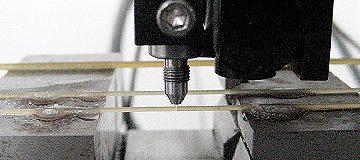
3 Point Bend Test Using Microindentation
In this application, the Nanovea Mechanical Tester, in Microindentation mode, is used to measure the flexural strength (using 3 Point Bend) of various sized rod samples (pasta) to show a range of data. 2 different diameters were chosen to demonstrate both elastic and brittle characteristics. Using a flat tip indenter to apply a point load, we determine stiffness (Young’s Modulus) and identify the critical loads at which the sample will fracture.
Categorías
- Notas de aplicación
- Bloque sobre tribología anular
- Tribología de la corrosión
- Pruebas de fricción | Coeficiente de fricción
- Pruebas mecánicas a alta temperatura
- Tribología de alta temperatura
- Humedad y gases Tribología
- Humedad Pruebas mecánicas
- Indentación | Fluencia y relajación
- Indentación | Resistencia a la fractura
- Indentación | Dureza y elasticidad
- Indentación | Pérdida y almacenamiento
- Indentación | Esfuerzo frente a deformación
- Indentación | Límite elástico y fatiga
- Pruebas de laboratorio
- Tribología lineal
- Pruebas mecánicas de líquidos
- Tribología de líquidos
- Tribología a baja temperatura
- Pruebas mecánicas
- Comunicado de prensa
- Perfilometría | Planitud y alabeo
- Perfilometría | Geometría y forma
- Perfilometría | Rugosidad y acabado
- Profilometría | Altura y grosor del escalón
- Profilometría | Textura y grano
- Perfilometría | Volumen y área
- Pruebas de perfilometría
- Tribología anillo sobre anillo
- Tribología rotacional
- Prueba de arañazos | Fallo adhesivo
- Prueba del rasguño | Fallo de cohesión
- Pruebas de arañazos | Desgaste en varias pasadas
- Pruebas de rayado | Dureza al rayado
- Pruebas de rayado Tribología
- Feria de muestras
- Pruebas de tribología
- Sin categoría
Archivos
- septiembre 2023
- agosto 2023
- junio 2023
- mayo 2023
- julio 2022
- mayo 2022
- abril 2022
- enero 2022
- diciembre 2021
- noviembre 2021
- octubre 2021
- septiembre 2021
- agosto 2021
- julio 2021
- junio 2021
- mayo 2021
- marzo 2021
- febrero 2021
- diciembre 2020
- noviembre 2020
- octubre 2020
- septiembre 2020
- julio 2020
- mayo 2020
- abril 2020
- marzo 2020
- febrero 2020
- enero 2020
- noviembre 2019
- octubre 2019
- septiembre 2019
- agosto 2019
- julio 2019
- junio 2019
- mayo 2019
- abril 2019
- marzo 2019
- enero 2019
- diciembre 2018
- noviembre 2018
- octubre 2018
- septiembre 2018
- julio 2018
- junio 2018
- mayo 2018
- abril 2018
- marzo 2018
- febrero 2018
- noviembre 2017
- octubre 2017
- septiembre 2017
- agosto 2017
- junio 2017
- mayo 2017
- abril 2017
- marzo 2017
- febrero 2017
- enero 2017
- noviembre 2016
- octubre 2016
- agosto 2016
- julio 2016
- junio 2016
- mayo 2016
- abril 2016
- marzo 2016
- febrero 2016
- enero 2016
- diciembre 2015
- noviembre 2015
- octubre 2015
- septiembre 2015
- agosto 2015
- julio 2015
- junio 2015
- mayo 2015
- abril 2015
- marzo 2015
- febrero 2015
- enero 2015
- noviembre 2014
- octubre 2014
- septiembre 2014
- agosto 2014
- julio 2014
- junio 2014
- mayo 2014
- abril 2014
- marzo 2014
- febrero 2014
- enero 2014
- diciembre 2013
- noviembre 2013
- octubre 2013
- septiembre 2013
- agosto 2013
- julio 2013
- junio 2013
- mayo 2013
- abril 2013
- marzo 2013
- febrero 2013
- enero 2013
- diciembre 2012
- noviembre 2012
- octubre 2012
- septiembre 2012
- agosto 2012
- julio 2012
- junio 2012
- mayo 2012
- abril 2012
- marzo 2012
- febrero 2012
- enero 2012
- diciembre 2011
- noviembre 2011
- octubre 2011
- septiembre 2011
- agosto 2011
- julio 2011
- junio 2011
- mayo 2011
- noviembre 2010
- enero 2010
- abril 2009
- marzo 2009
- enero 2009
- diciembre 2008
- octubre 2008
- agosto 2007
- julio 2006
- marzo 2006
- enero 2005
- abril 2004

